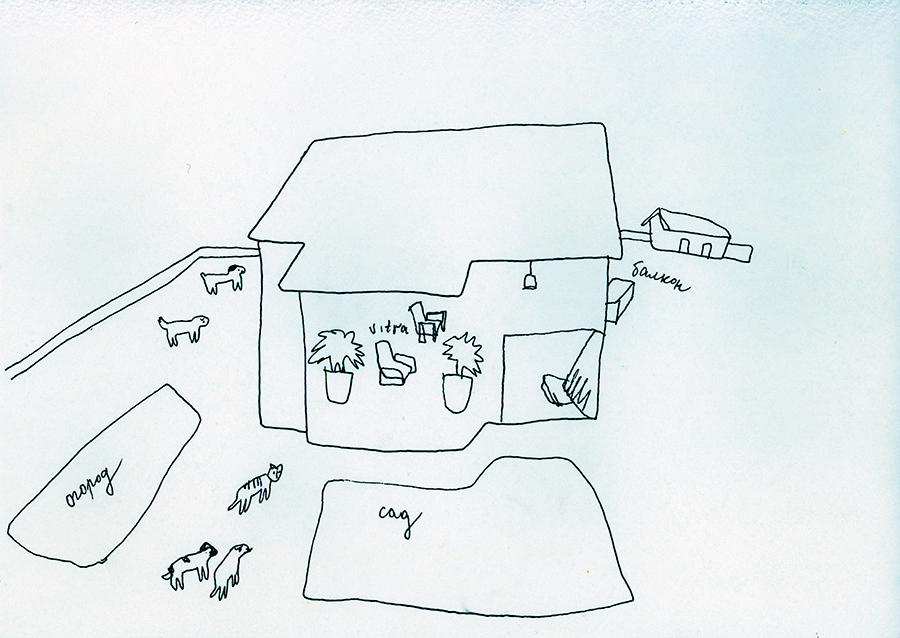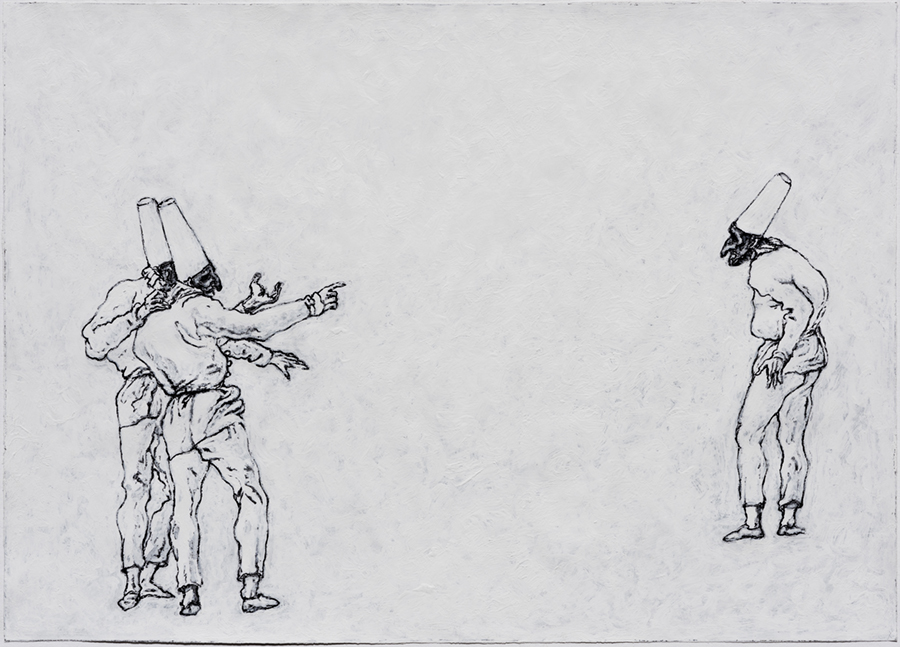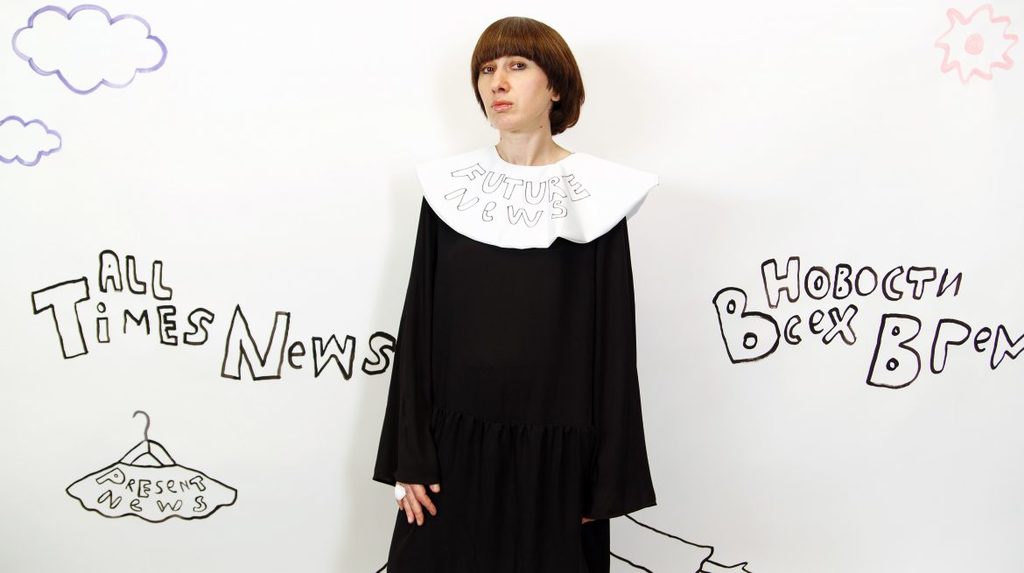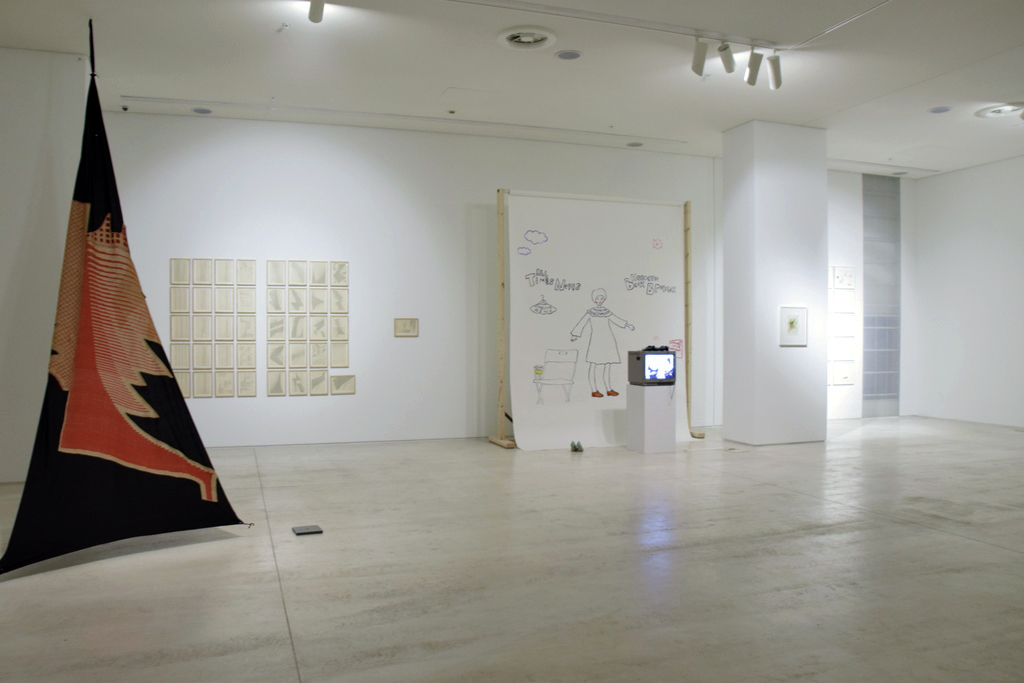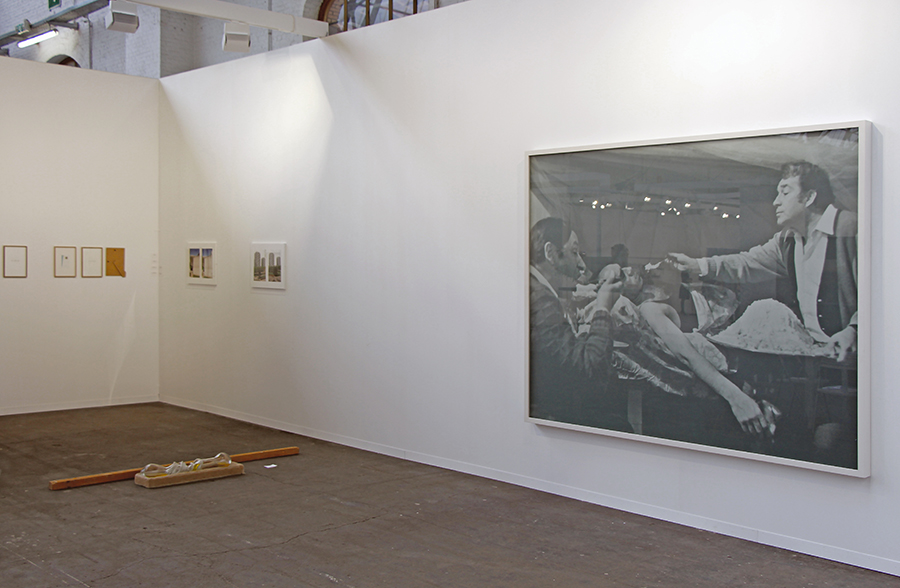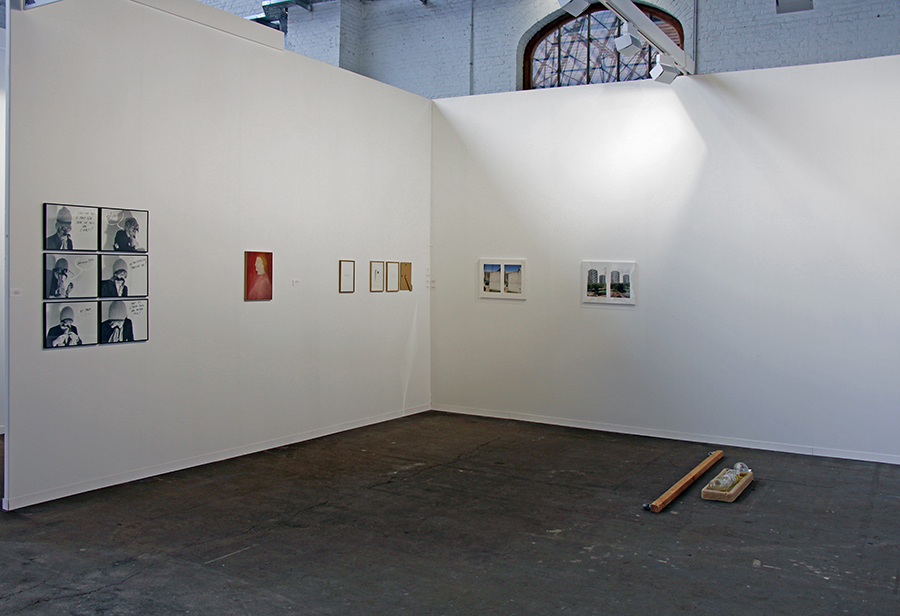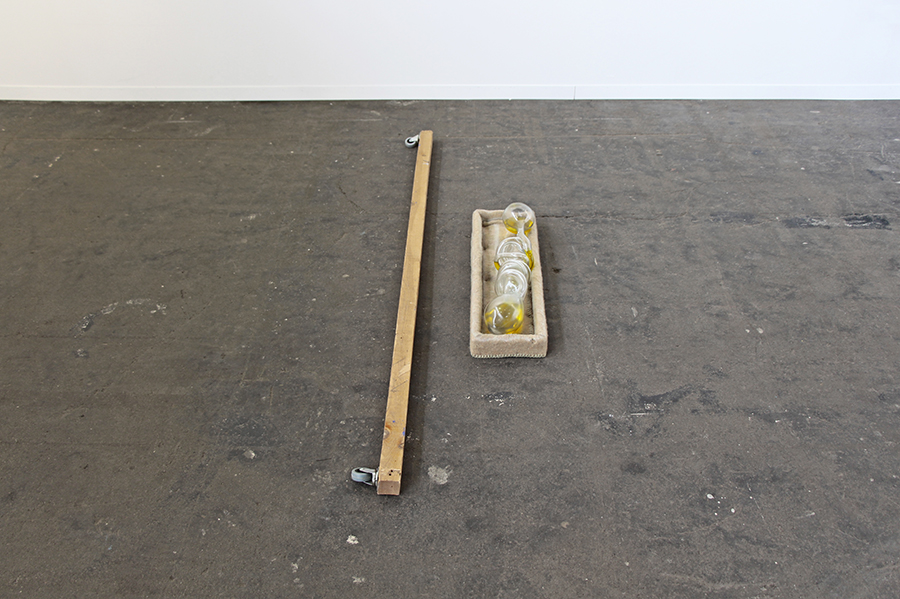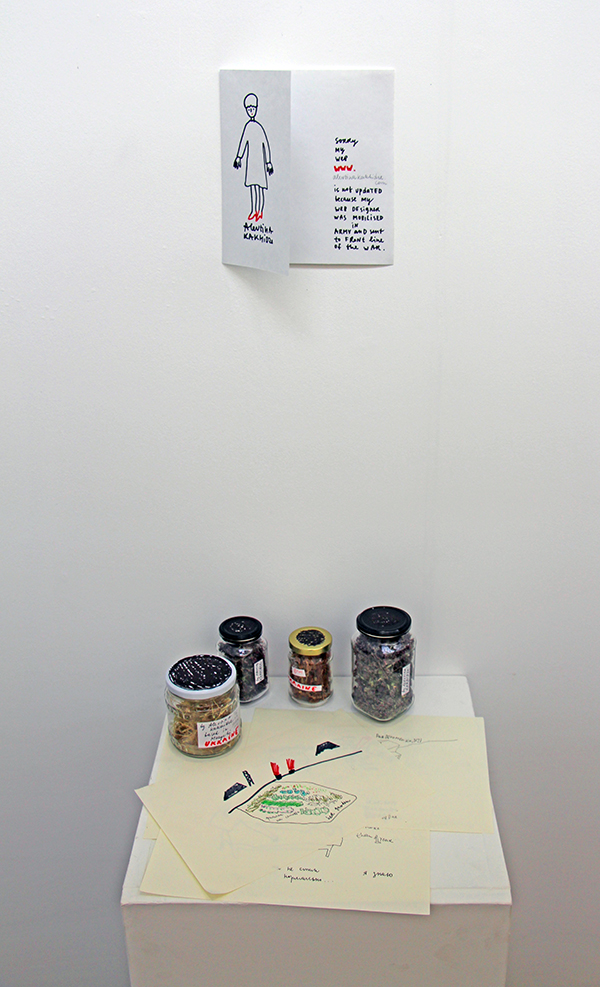Alevtina Kahkidze est l’invitée d’Art On paper with Bozar et produit pour le hall d’entrée de la foire une installation intitulée « I still draw love, plants and things », coproduction entre BOZAR et Art On paper. L’artiste s’entretiendra avec Sophie Lauwers (Bozar) et Pauline Hatzigeorgiou (Art on Paper), co-curators de l’installation, samedi 9 septembre de 16 à 17h au Bozar Studio. Elle proposera ensuite une performance relative à l’installation produite. Toujours à Bozar Studio, de 18 à 19h.
Le Communiqué de presse :
Pour la 3ème édition du Art on Paper, salon international du dessin contemporain, VO EVENT et BOZAR confirment leur affection pour le dessin et leur désir partagé de valoriser ce médium en invitant un artiste contemporain à réaliser, dans le Palais et en résonance avec le salon, une nouvelle production. Après Henri Jacobs et son projet ‘Vaporisation Crystallisation’ (2016), c’est l’artiste ukrainienne Alevtina Kakhidze qui répondra à la proposition par ‘I still draw love, plants and things’ (2017) (‘Je dessine encore l’amour, des plantes et des choses’), une intervention haute en couleurs, en dessins et en narrations visuelles et sonores. A cette occasion, l’œuvre traversera les différents espaces du Palais par différents supports, environnements chromatiques, dessins illustratifs, pièces vocales et objets réels pour composer une histoire puisant dans l’amour, les plantes et les choses.
For the 3rd edition of Art on Paper, the Brussels Contemporary Drawing Fair, VO EVENT and BOZAR confirm their fondness for drawing and their shared desire to enhance this medium by inviting a contemporary artist to create in the Palais a new work in resonance with the salon. After Henri Jacobs and his ‘Vaporization Crystallization’ (2016) project, the Ukrainian artist Alevtina Kakhidze will respond to the proposal with ‘I still draw love, plants and things’ (2017), a colorful intervention, in drawings and visual and sound narratives. On this occasion, the work will cross the different spaces of the Palais, through various mediums, chromatic environments, illustrative drawings, vocal pieces and real objects to compose a story drawing from love, plants and things.
Lu dans le supplément « Art » de La Libre, ce texte d’introduction de Hans Theys :
Un jardin adulte
Conversation avec Alevtina Kakhidze
Cette année, l’invitée spéciale du salon du dessin d’art contemporain Art On Paper, Alevtina Kakhidze, née en 1973, est une artiste aux multiples facettes dont les dessins, les écrits, les installations, les performances et les vidéos offrent des regards éminemment poétiques sur sa position en tant que personne et qu’artiste au sein d’un monde qui se présente comme la merveilleuse arène d’une incessante recherche d’équilibre entre les choses et les êtres. L’installation de Bruxelles se composera principalement d’une performance ainsi que de dessins muraux et de dessins sur papier. L’un d’entre eux dépeint sa mère, assise sur un petit tabouret dans son jardin. À l’arrière-plan, on aperçoit d’étranges pots de fleurs rouges qui semblent faire partie du jardin, jusqu’à ce que l’on s’aperçoive qu’il s’agit en réalité de représentations stylisées de tirs d’artillerie. Le dessin est accompagné d’un pot de confiture rempli de millepertuis perforés séchés (hypericum), une plante à fleurs jaunes qui n’aime pas qu’on lui dicte sa vie (il n’est pas facile de l’introduire dans un jardin) et est utilisée comme antidépresseur. Alevtina Kakhidze l’a cueillie dans son propre jardin. « L’installation s’intitule “I still draw love, plants and things” (Je dessine toujours l’amour, les plantes et les choses) », explique Alevtina Kakhidze. « Le mot “toujours” indique que mon regard sur la vie a été perturbé par la guerre (les actions militaires de groupes pro-russes et antigouvernementaux) et par la crise politique qu’a connue l’Ukraine il y a trois ans.
« De manière générale, de nombreuses choses insignifiantes qui m’irritaient ont disparu après la transition qu’a subie mon pays. À mes yeux, un jardin est un système qui reflète le comportement des hommes. Je m’intéresse aux plantes sauvages, agressives. Elles me rappellent des comportements intolérants tels que l’homophobie : l’incapacité à accepter des regards différents sur la vie. En même temps, je les apprécie, car elles n’ont pas besoin qu’on s’occupe d’elles, contrairement aux plantes de culture. En ce qui concerne les jardins, je distingue cinq rôles. Premièrement, on est un observateur. Deuxièmement, un serviteur. Troisièmement, le propriétaire : on en est responsable. On est ensuite un chercheur, puis, enfin, le bénéficiaire de ses cadeaux. Après la libération d’une ville ukrainienne, j’ai demandé aux habitants ce qu’il était advenu de leur jardin pendant l’occupation, qui avait duré 84 jours pendant l’été. Certains m’ont répondu que leur jardin avait été envahi par les mauvaises herbes. Je les comprends, car il était alors dangereux de rester dans son jardin, mais cet abandon forcé révèle la nature dépendante et inaccomplie de leur jardin. Je voudrais créer un jardin adulte, qui puisse prendre soin de lui-même. Dans le cadre de cette exposition, je m’intéresserai au jardin de ma mère, au mien et au Jardin botanique de Bruxelles, dont la structure m’intéresse. Durant la guerre, ma mère ne pouvait pas s’empêcher de se rendre dans son jardin, même lorsque c’était très dangereux. »
Hans Theys, Montagne de Miel, 17th August 2017
Alevtina Kakhidze est née en 1973 en Ukraine de l’Est. Après des études à l’Académie nationale des Beaux-Arts et d’Architecture de Kiev (1999- 2004), elle complète sa formation à l’Académie Jan Van Eyck de Maastricht (2004-2006), ce qui lui permet de séjourner en Europe occidentale et d’y réaliser des projets artistiques avant de retourner dans son pays natal, dans le petit village de Muzychi, où elle vit et travaille désormais et où elle a fondé une résidence à l’attention d’artistes d’horizons et de pratiques variées. Son travail a été l’objet de présentations dans des manifestations internationales d’importance (Whitechapel Gallery,Biennale de Moscou, Manifesta, etc.) et d’acquisitions par des collections privées et muséales (MUHKA).
This year’s special guest of the Art on Paper International Drawing Fair, Alevtina Kakhidze (1973), is a multifaceted artist whose drawings, writings, installations, performances and videos offer us deeply poetic views of her position as a person and an artist within a world that presents itself as the wondrous arena of an ongoing search for balance between things and beings. The installation in Brussels will mainly consist of a performance and wall drawings combined with drawings on paper. In one of those drawings she depicts her mother sitting on a small stool in her garden. In the background we see strange pots with red flowers that seem to be part of her garden, until we realize they are stylized depictions of active artillery. The drawing comes with a jam jar filled with dried Saint John’s wort (Hypericum), a yellow-flowered plant that doesn’t like to be told what to do (it is not easily kept in a garden) and is used as an antidepressant. Kakhidze in her own garden harvested it. Kakhidze: The title of the installation is “I still draw love, plants and things”. The word ‘still’ indicates that my views on life have been affected by the war (the military actions of pro-Russian and anti-government groups) and the three-year old political crisis in Ukraine. In general, a lot of petty stuff that used to upset me has become invisible after to the transition my country underwent. To me a garden is a system, which reflects human behavior. I’m interested in wild, aggressive plants. They remind me of intolerant behavior such as homophobia: the incapacity to accept different views on life. At the same time, I appreciate them because they don’t need care like cultural plants. I distinguish five roles with regard to gardens: Firstly you are an observer, secondly you are a servant, thirdly you are the owner, you are responsible for it, then you are a researcher and finally you are the receiver of its gifts. After the liberation of a Ukrainian city, I asked people what had happened with their garden during the occupation that had lasted for 84 summer days. Some of them told me their gardens had been taken over by weeds. I understand this, because it was dangerous for them to be in their gardens, but this forced abandonment revealed the dependent, unaccomplished nature of their garden. I would like to create an adult garden that can take care of itself. In this show, I will be looking at my mom’s garden, my own garden and the botanical garden of Brussels, of which the structure is quite interesting. My mom couldn’t help but visiting her garden during the war, even when this was very dangerous.
Hans Theys, Montagne de Miel, 17th August 2017
[sociallinkz]
